The detection of gravitational waves has revolutionized our understanding of the cosmos, offering a new way to measure the universe's expansion. Unlike traditional methods that rely on electromagnetic signals, gravitational waves provide a pristine, unaltered messenger from some of the most violent and energetic events in the universe. This breakthrough has given rise to what scientists are now calling the "gravitational-wave standard siren," a novel cosmic yardstick that could resolve long-standing discrepancies in the measurement of the Hubble constant.
The Hubble Tension and the Need for New Methods
For decades, astronomers have grappled with the so-called "Hubble tension"—a puzzling discrepancy between the measured values of the Hubble constant, which describes the rate of the universe's expansion. Observations based on the cosmic microwave background (CMB) suggest a slower expansion rate, while measurements using Cepheid variables and Type Ia supernovae indicate a faster one. The difference, though seemingly small, has profound implications for our understanding of cosmology. Enter gravitational waves, which offer an entirely independent method to measure cosmic distances without relying on the traditional cosmic distance ladder.
How Gravitational Waves Act as Standard Sirens
When two massive objects, such as neutron stars or black holes, merge, they emit gravitational waves—ripples in spacetime predicted by Einstein's theory of general relativity. These waves carry information about the distance to the source. By detecting the waveform and comparing it with the observed electromagnetic counterpart (if available), scientists can determine the absolute distance to the event. This method bypasses many of the uncertainties associated with other techniques, providing a direct and cleaner measurement of cosmic distances.
The term "standard siren" is a nod to the "standard candle" approach used in astronomy, where objects of known brightness (like Type Ia supernovae) help gauge distances. However, gravitational waves are not affected by interstellar dust or other obscuring factors that can distort light-based measurements. This makes them an exceptionally reliable tool for cosmology.
Challenges and Future Prospects
While the potential of gravitational-wave astronomy is immense, the field is still in its infancy. Current detectors, like LIGO and Virgo, have limited sensitivity and can only observe mergers within a relatively small cosmic volume. Future observatories, such as the Laser Interferometer Space Antenna (LISA) and the Einstein Telescope, promise to extend our reach, detecting mergers at much greater distances and higher redshifts. This will allow scientists to map the expansion history of the universe with unprecedented precision.
Another challenge lies in the rarity of neutron star mergers with detectable electromagnetic counterparts. These "multi-messenger" events are crucial for calibrating the standard siren method. As more detectors come online and sensitivity improves, the number of such events is expected to rise, providing a richer dataset for cosmological studies.
Implications for Fundamental Physics
Beyond refining the Hubble constant, gravitational-wave cosmology could shed light on other mysteries, such as the nature of dark energy and the possibility of modified gravity. If the standard siren measurements consistently deviate from predictions based on the CMB, it might hint at new physics beyond our current understanding. For instance, some theorists speculate that dark energy's properties could evolve over time, or that gravity behaves differently on cosmic scales.
Moreover, gravitational waves could help test the validity of general relativity in extreme environments, such as the strong-gravity regime near black holes. Any deviations from Einstein's predictions would have far-reaching consequences, potentially opening the door to a more complete theory of gravity.
A New Era of Precision Cosmology
The advent of gravitational-wave astronomy marks the beginning of a new era in cosmology—one where multiple independent methods converge to paint a more accurate picture of the universe. By combining standard sirens with CMB observations, supernova data, and other probes, scientists hope to resolve the Hubble tension and uncover deeper truths about the cosmos.
As detector technology advances and our catalog of gravitational-wave events grows, the standard siren method will likely become a cornerstone of 21st-century cosmology. It stands as a testament to human ingenuity, transforming the faintest whispers of spacetime into a powerful tool for measuring the vast expanse of the universe.
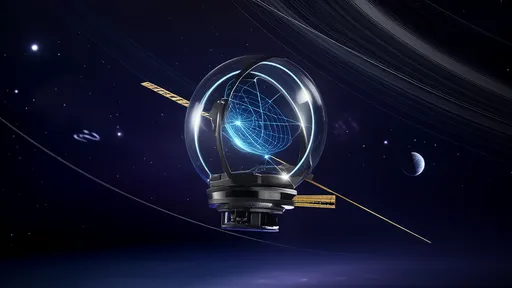
By /Aug 5, 2025
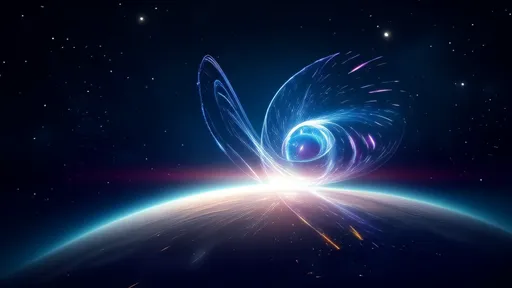
By /Aug 5, 2025

By /Aug 5, 2025
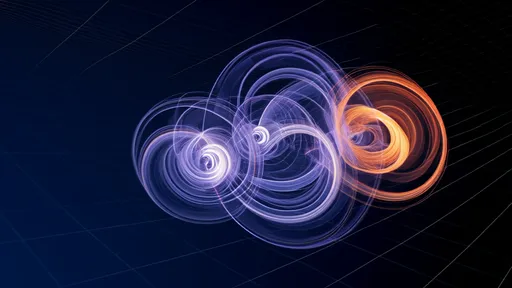
By /Aug 5, 2025
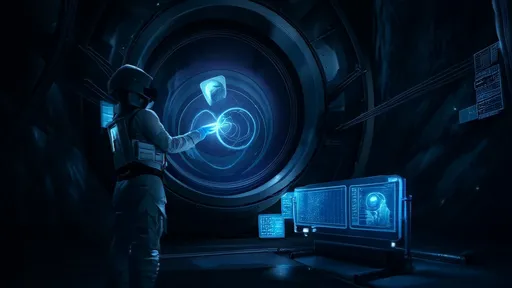
By /Aug 5, 2025
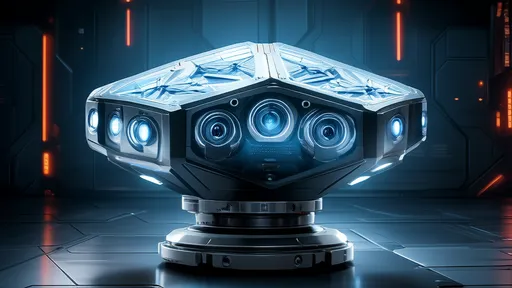
By /Aug 5, 2025

By /Aug 5, 2025

By /Aug 5, 2025
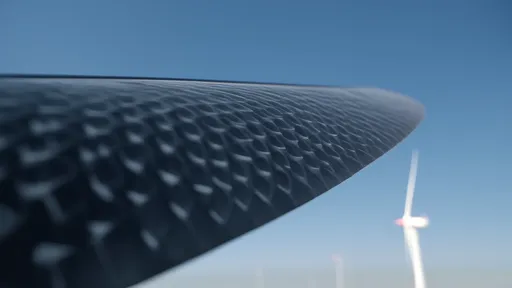
By /Aug 5, 2025

By /Aug 5, 2025

By /Aug 5, 2025

By /Aug 5, 2025

By /Aug 5, 2025
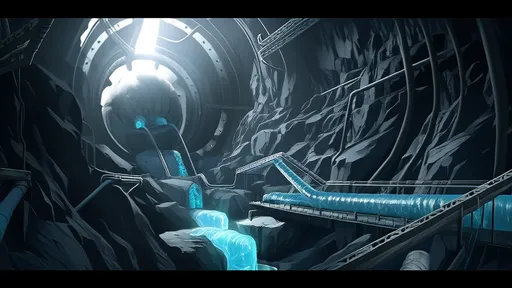
By /Aug 5, 2025

By /Aug 5, 2025

By /Aug 5, 2025
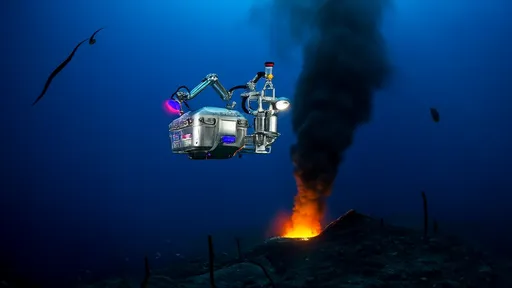
By /Aug 5, 2025

By /Aug 5, 2025

By /Aug 5, 2025
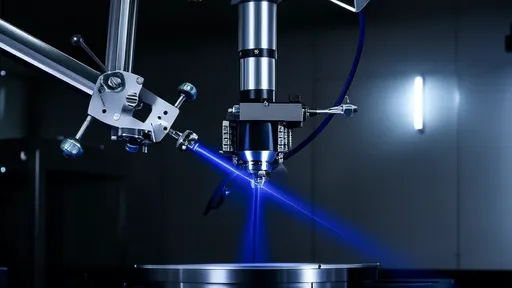
By /Aug 5, 2025